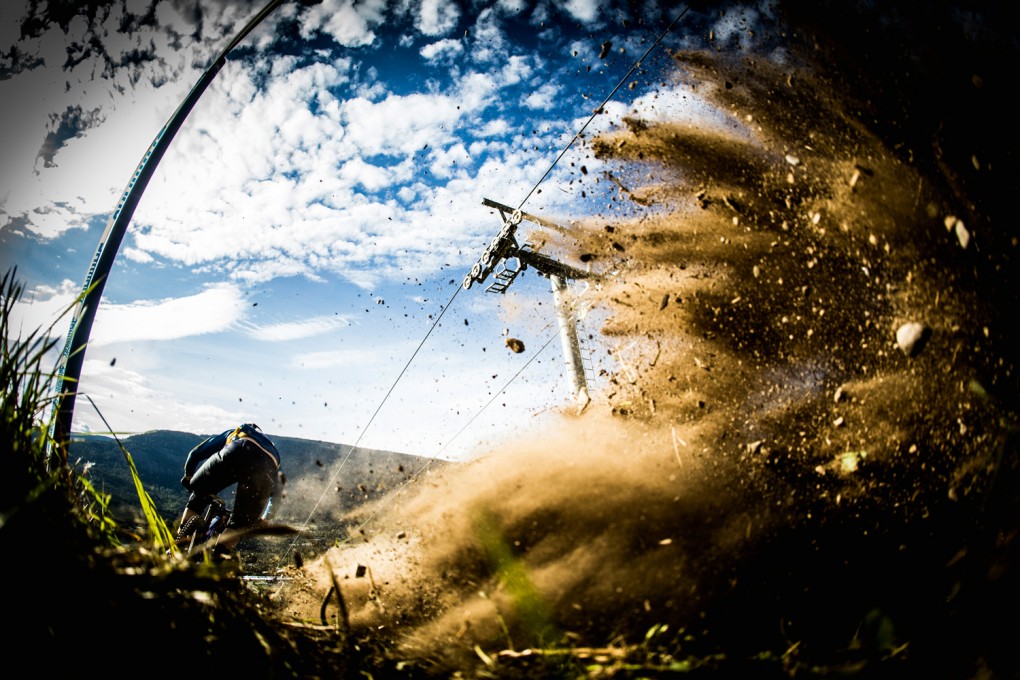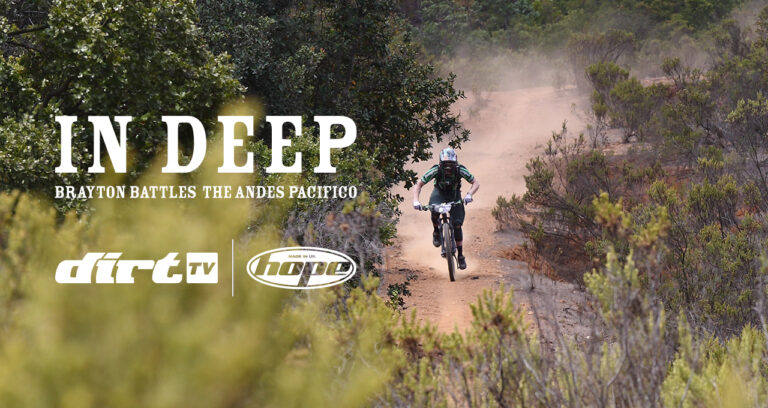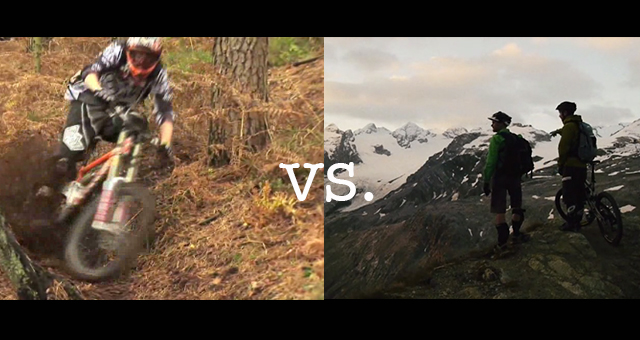
Steve Jones takes a look at some of the possible questions, dilemmas and problems facing the Dirt reader, offering some mountain bike tips as we enter a new year…
DIRT ISSUE 143 – JANUARY 2014
Words by Steve Jones. Photos by Steve Jones and Sven Martin
SHOULD I BE RIDING HERO DIRT?This is a big one. What is it and where can you get hero dirt for starters? Do you need to ride UK based bike parks even? If you’re a newcomer by all means go and sample the delights of such places. Do it on a hardtail, get yourself a bun and a latte, but increasingly riders are looking for something different. This involves natural challenges with custom corners, awkward off–cambers, a fair splash of root, a liberal amount of rock and a freethinking measure of danger. But more than anything it’s the search for loose, dry, wide expanses of dirt, a place to slide and hold, to fully choke up the lens.
Narrow–gauge surfacing with lumps in? Not if we can help it. Everyone wants to go stone–free these days. A place where the bike will slide underneath you, where it will glide organic arcs that flow in sync with the landscape. We’re bringing up a generation of riders content with hitting downslopes all day long, but who become quickly and painfully out of depth on natural terrain.
It’s not only a British mindset, we are seeing riders across Europe inspired by what they have seen at the Enduro World Series or World Cup downhill increasingly becoming hung up with historic switchbacks, crude bulldozed berms or achingly slow switchbacks. They thirst for unrefined, untreated, macrobiotic. Yes you should be riding dirt.
IDENTITYAspiration and apathy can be the blight of mountainbiking. Riders over–biked on machines without any air pressure in the shocks. Often it’s down to identity. Influenced by characters, places, marketing and product, holding your line is a difficult business. Big blokes with skinny jeans, big girls with shallow skirts, and both with their bums out.
The distinction between racer and rider is becoming less defined. There is arguably less of a disconnect between downhill and cross–country than many would have you believe. In the past many were racers (or followers) in either discipline – you could go one way or the other, and both would royally mock one another.
Nowadays everyone wants a bit of both. Just look at the cross–over of racers in enduro events. At first I contemplated that maybe a ‘racer’ required a different bike to a ‘rider’. 160mm forks will always be faster than 140mm down a mountain. Bigger forks simply allow you to commit. It’s a fact. Yet many riders who want ‘a bit of both’ are increasingly opting for 160mm bikes because they are now light, robust and allow day–long outings with downhill ripping. For many riders it’s a practical solution. The mountainbiker is cultivating a new image, enduro is more a philosophy than a race category and riders are identifying with that. This is roots stuff. It’s no longer uncool to pedal to the top.
Singletrack trail, technical trail, trail, all–mountain, endure… these are just some of the activities we are forced to identify with when really there’s not a massive difference. And anyhow, each is loaded with too much contradiction and perception.
A close weekly inspection of the local uplift wagons reveals that anything goes. The ‘Alps Identity’ still appears to be working its card too. But consider. If you ride, say eight hours each week of the year, then that single week in the Alps equates to about 5% of your riding time. That ‘practical solution’ 160mm is still a lot and probably too much bike for most of the UK’s trail riding scene. But why buy a £4000 140mm bike at 32lb when you can get a 160mm at 29lb at the same price? Or maybe the angles and wheels of a bike like the 140mm Trek Remedy 29 would give you a better range of use?
You really don’t need 160mm to do the majority of trail riding the UK has to offer, but whichever way you let it hang either side of that exposes your identity – so we are led to believe. This is where bikes like the Intense Carbine (140/160) and BMC Trailfox (150/150) and the Scott Genius LT (170/170) are ahead of the curve – they offer options but don’t choke a rider of imagination. Given the opportunity for an ever–increasing range of riding and ‘one tool’ will do the trick. We are made to think we need to identify when in fact we do not.>>





